
When it comes to musical instruments without a doubt strings are my favorite category. Just like
millions of other folks I am totally enamored with the guitar. However the string section is quite a
bit more extensive than what is arguably the worlds most popular instrument, the guitar. There are a
virtual plethora of music makers that fit into the category of acoustic instruments and then you have
to add a subcategory of electrified to many of them. In fact the category is so large that we cannot
possibly talk about all of them here. I don't have time or space to write it all and lets face it that isn't
what you came here to read about anyhow. So in the interest of expediency we shall only talk about
the more popular instruments here in the United States. Mainly guitars, acoustic and electric, both
hollow body and solid body examples. Bass guitars, bass fiddles, mandolins, banjos, cellos, violins
and violas, as they pertain to evaluating for insurance or collecting purposes. This is by no means
the only string instruments we appraise. It is only the ones described here on this site. If you have a
harp, dulcimer or any other stringed instrument not mentioned here feel free to call me at 330-209-
3031 or (330)--862-3031.
When thinking about the properties that all stringed instruments have in common, strings of course
are at the top of the list. Whether plucked,strummed, bowed or hammered, every stringed
instrument from the lowly ukelele to the grand pedal harp uses strings to make sound. Historically
those strings were made from catgut. No silly, they didn't use cats. Although anyone who has
listened to the neighbors cat giving a 3 am concert might think so. The gut used is obtained from
slaughtered cattle usually, but sheep and goats also contribute to the cause from time to time. Gut
strings are still used today on some instruments but many others have progressed to steel strings and
more lately nylon.
When you boil it down to to the bottom of the pot one of the most important things about each
individual class of instrument is the raw material, or you might call it the base ingredient that the
instrument is actually built from. In the case of the finest class of stringed musical instruments that
is usually wood. It cannot be stressed how important the wood selection is to the tonal qualities of a
stringed instrument. So important they gave it a name, “tonewood”. Different woods give different
tonal qualities besides different aesthetic qualities, and any skilled luthier knows which ones will
produce the effect most desirable to the class of instruments he is building.
WITH SOME STRINGS ATTACHED ...
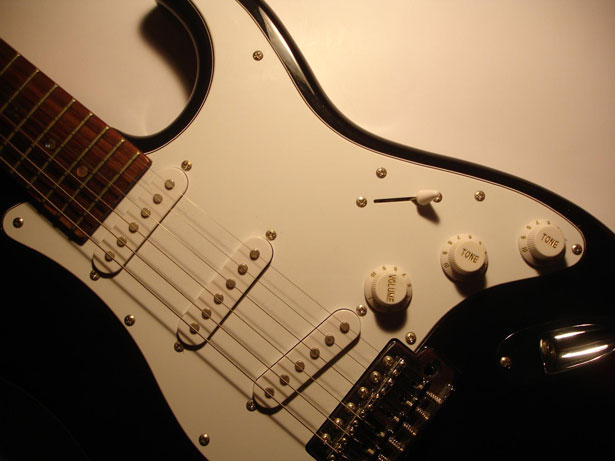
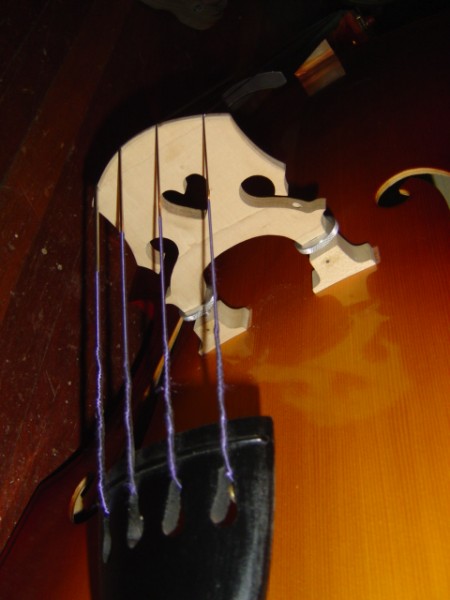
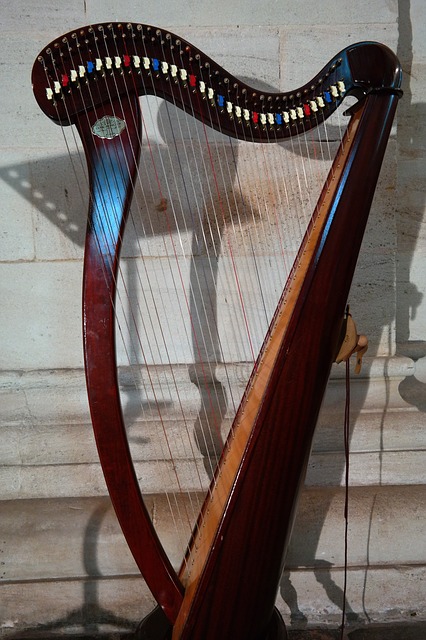
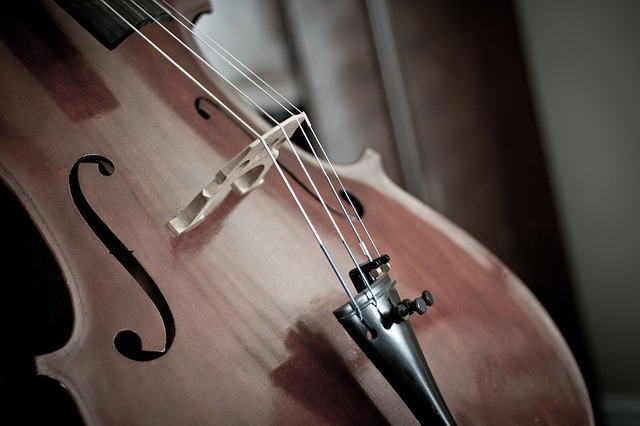



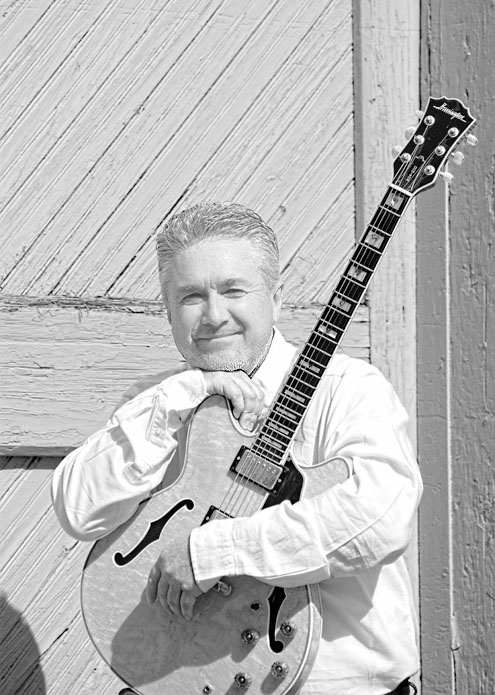
Bruce Peoples is a certified appraiser specializing in musical instruments located in N.E. Ohio. He provides personalized service to customers in all states surrounding Ohio as well as Illinois, Tennesee, Missouri, Arkansas, Oklahoma, Alabama, Mississippi, Louisianna, all up & down the East Coast.
Bruce A. Peoples
Certified Appraiser
P.O. Box 27
Paris, Ohio 44669
(330)--862-3031--Office #
(330)--209-3031--Cell #
(330)--614-0801--Cell#-
